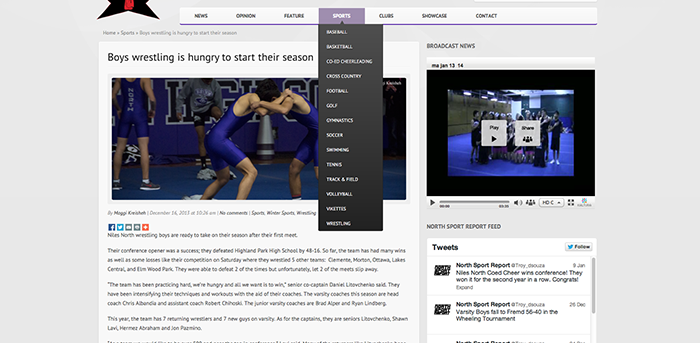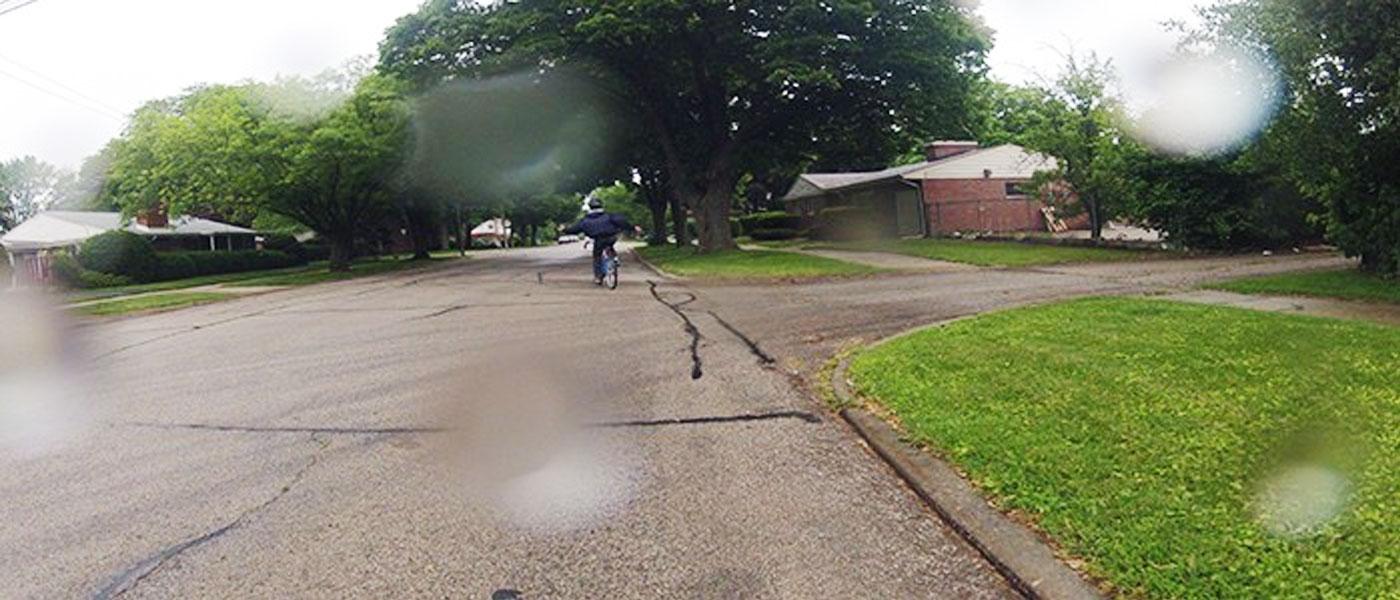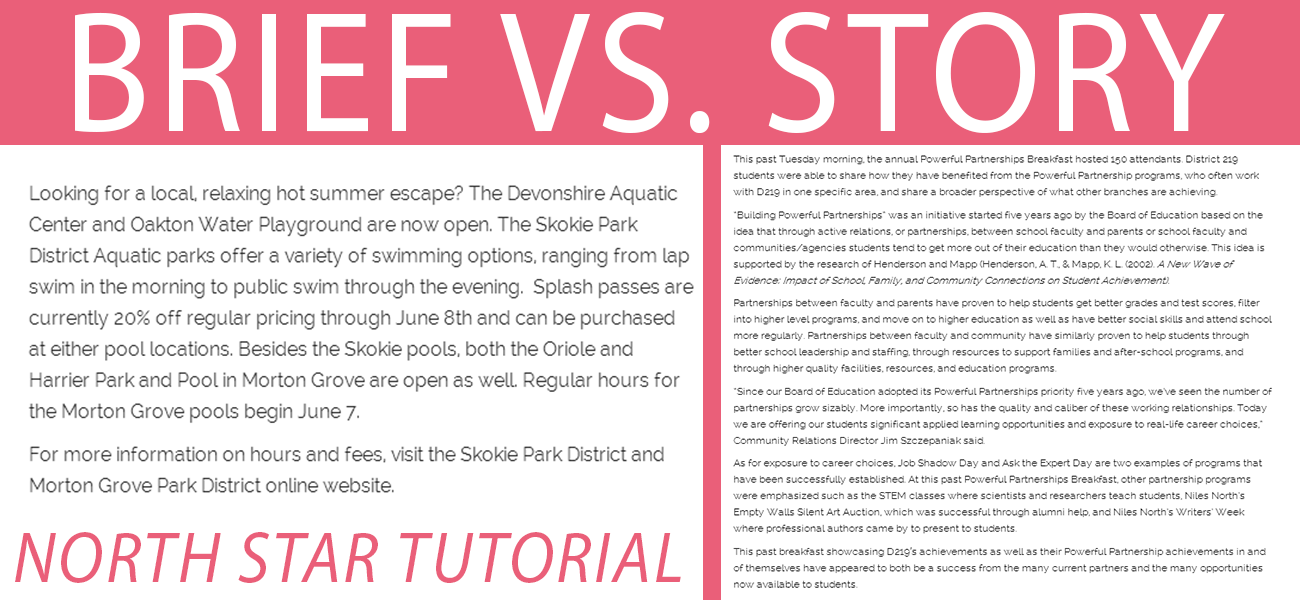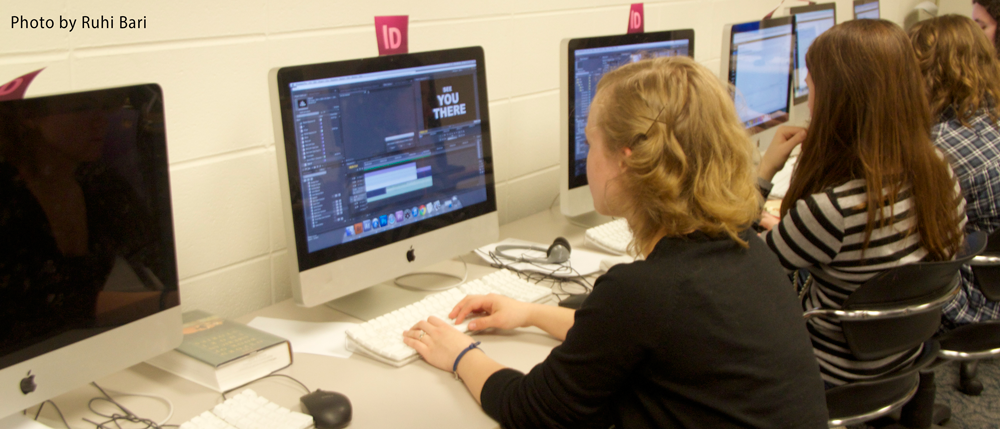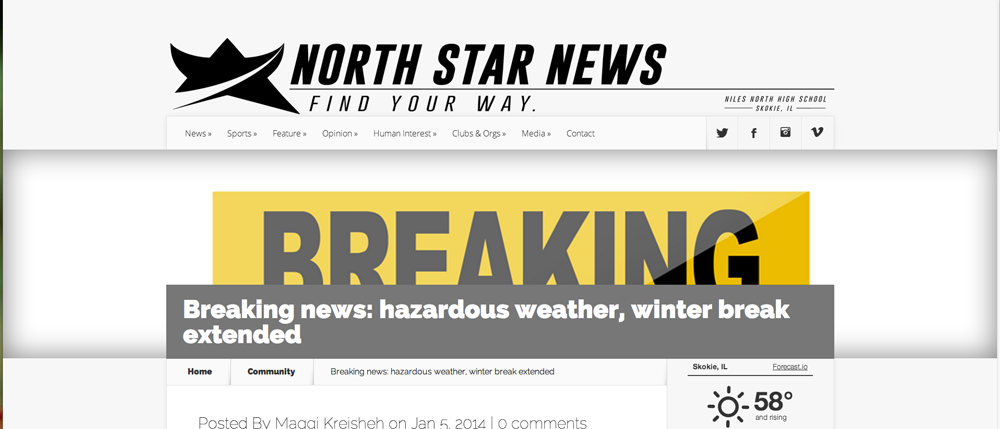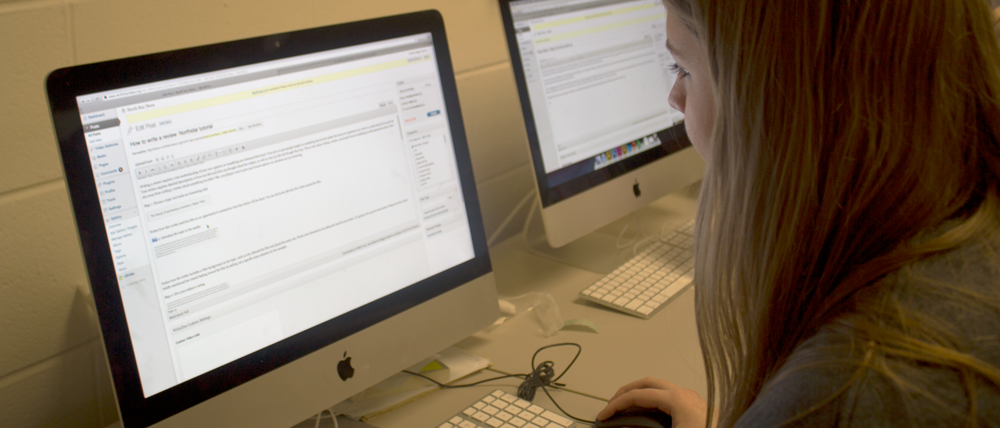As a high school newspaper, sports coverage is a must. All Viking athletes work hard and deserve recognition for their games, matches and meets.
Writing a sports story is different than a feature or an opinion piece in the way that it focuses it an unbiased report of facts and quotes about a specific game or sport. North Star sports stories can be found under the “sports” tab. Under this tab, you will find all the sports offered at Niles North.
When we use North Star reporter Maggie Quane’s article as an example, it is very clear that her coverage was on boys cross country. We can tell this from the interesting title and her edited featured image. While both these aspects of a sports story are a must, the first step when approaching a sports story is research.
Often times, results(or a coach’s information in order to ask them about results) is available on the team’s website. To find this website, go through the Niles North home page and click on the “Athletics” tab, where you will be directed to the following page.
From the Niles North althetics page, you will click on either “boys’ sports” or “girls’ sports,” depending on the respective story. Maggie would click on boys sports in order to find out more about boys cross country. From here, she will select “boys cross country” under the fall sports category. On the teams page, you can find valuable information such as the head coach’s email, event results, and upcoming competitions.
Results of a specific team’s recent match cannot always be found on the team’s page, and if this is the case, the coach, whose information can also found on the team’s website, would be the best contact. Maggie got the information for her article by inquiring it from both the head coach as well as other athletes on the team. If results are hard to find, asking an athlete on the team is usually a good place to start your search. The results must be unbiased, informative, and accurate. Maggie’s article shows an example of information that would be appropriate for a sports story.
Like any other story written for North Star, two quotes are required to make the article more valid as well as intriguing. These quotes can be from a senior athlete, the star player(s) of the specific meet being written, the coaches, or the athletic director. When asking for a quote, it is fundamental that you as the reporter lead with good questions. That is to say that asking, “How has the team improved since the beginning of the season” would have a better answer than “How was the meet?” Quotes make an article more interesting, but only if the reporter can ask the right questions!
Also, when stating who said an article, articles are not necessary. You may call him Mr. Shafron, but in an article he would be referred to as “head coach Dave Shafron.” When quoting a student, their grade level must be identified. For example, “senior Ruhi Bari said.”
Since Maggie was covering a cross country meet, it would be expected the meet for information and to photograph the event. When taking a picture for a sports story, it’s important to keep in mind the dimensions needed for a featured image, which is 700×300. For a tutorial on how to set a featured image, click here. The picture should clearly represent the specific sport or competition. Maggie’s featured image shows athlete Ben Popernik competing. As always, photo credits are a must.
The title of the article should grab the reader’s attention, as well as state what the article will be about. Maggie’s title “Boys NNXC: The final finish line” is an example that introduces the topic of the article while being interesting. Don’t be afraid to pull out your sports puns!
And remember, we are Niles North and we are one, so end every sports article with “Go Vikings!”


